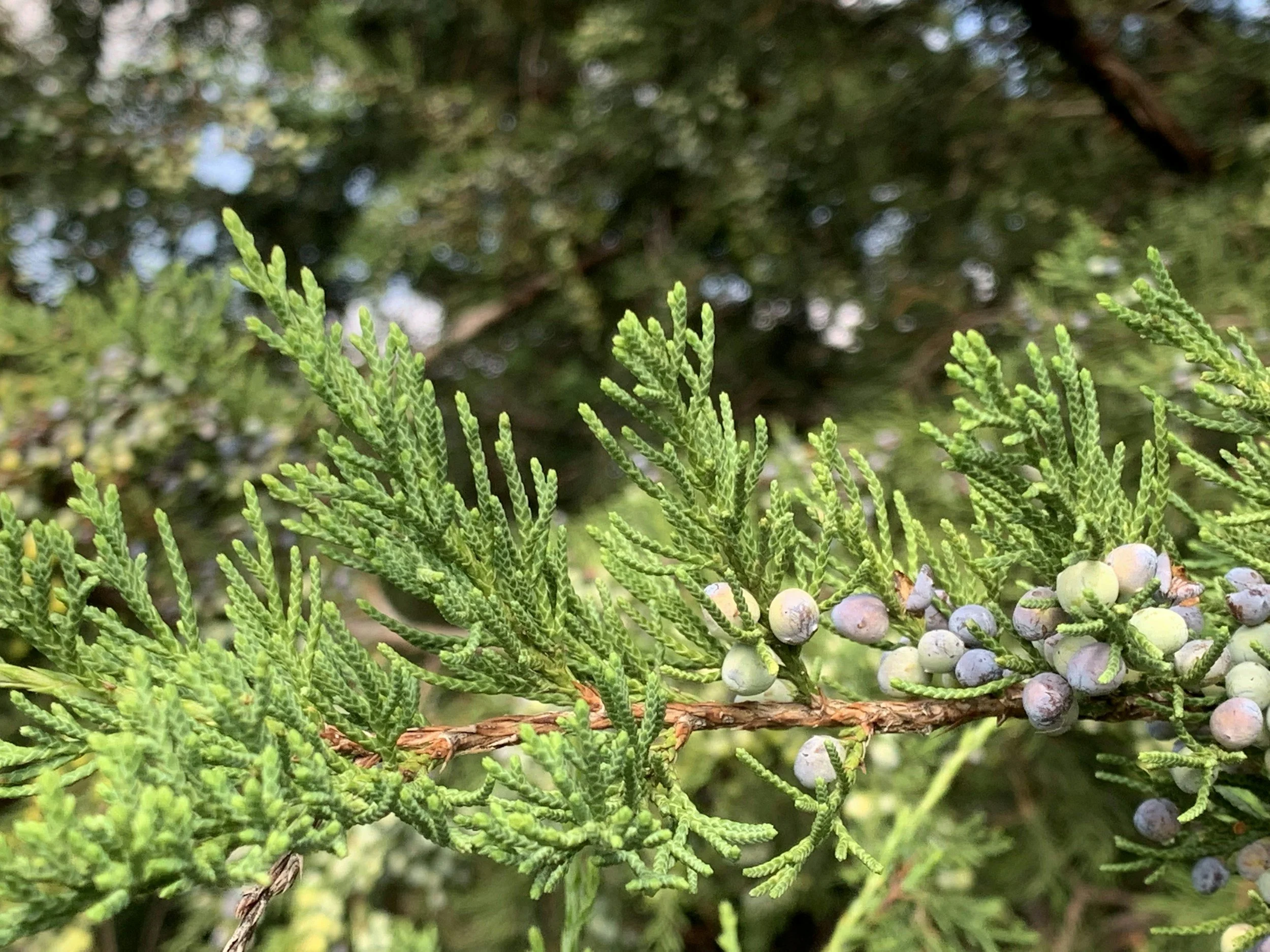
Native Biodiversity in Southeast Virginia
Native Biodiversity in Southeast Virginia
As development and climate change impacts continue to reshape our landscapes, preserving native biodiversity has never been more important. Native plants—those indigenous to a specific region—are the backbone of healthy ecosystems. In Southeast Virginia, embracing native biodiversity not only enhances the natural beauty of our surroundings but also plays a vital role in climate adaptation and environmental resilience.
A border of native plants can also act as a natural buffer. Native plants slow down water flow from your yard, reducing erosion and filtering out pollutants before they reach waterways. This is particularly important in Southeast Virginia, where waterways like the Chesapeake Bay are integral to both the environment and the economy.
Benefits to Wildlife
Using native plants in landscapes and buffer zones provides essential resources for local wildlife. They offer familiar sources of food, shelter, and nesting sites for birds, insects, and other animals. As natural habitats are increasingly replaced by urban development, these native plantings become critical havens for biodiversity.
Importance of Native Plants
Native plants have evolved over thousands of years to flourish in Virginia’s local climate, soils, and pest conditions. These natural adaptations make them easier to grow and maintain here, reducing the need for excessive watering, fertilizers, and pesticides. By choosing native species, landowners and gardeners minimize the introduction of pollutants into our wetlands and rivers, as fewer chemicals are needed to keep them healthy.
Native Plants in Southeast Virginia
Southeast Virginia boasts a rich variety of native plants suited to its unique coastal environment. Species such as Sweetbay Magnolia, Virginia Bluebells, Black-eyed Susans, and Eastern Red Cedars are not only beautiful but also support local ecosystems. These plants are well-adapted to the region's humidity, soil types, and seasonal weather patterns.
Check out the Native Plants Guide for Southeast Virginia for detailed information on native Virginia plants.




